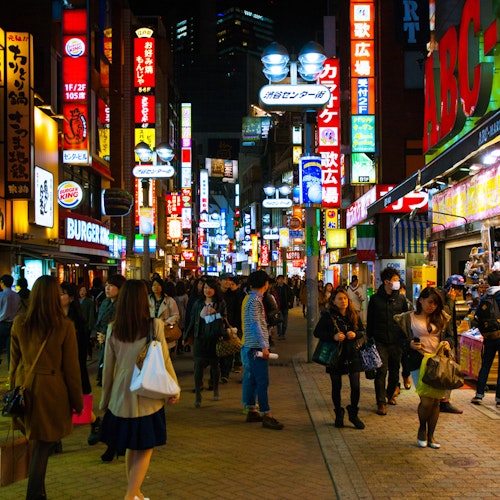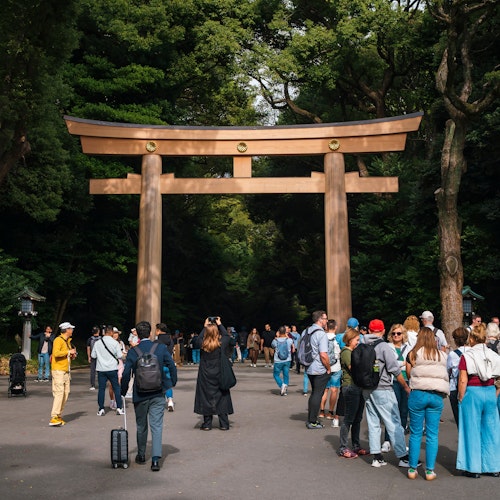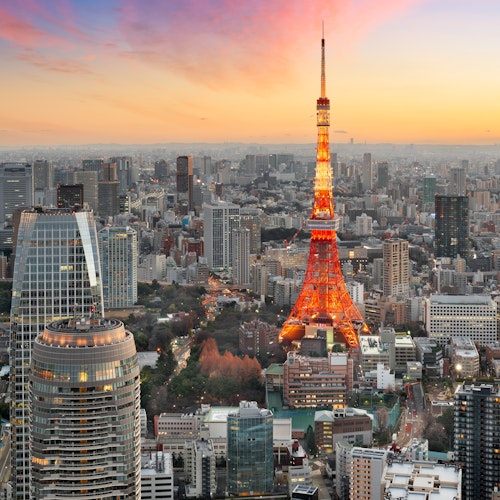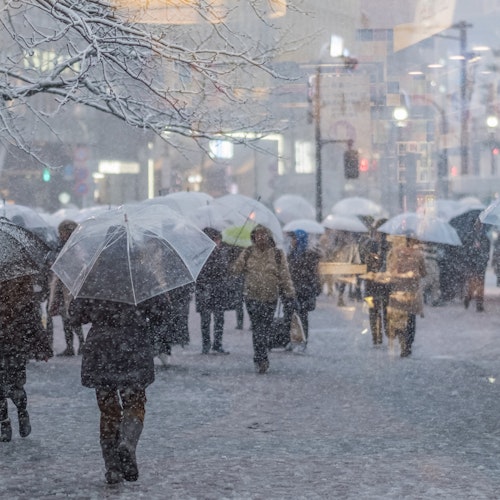
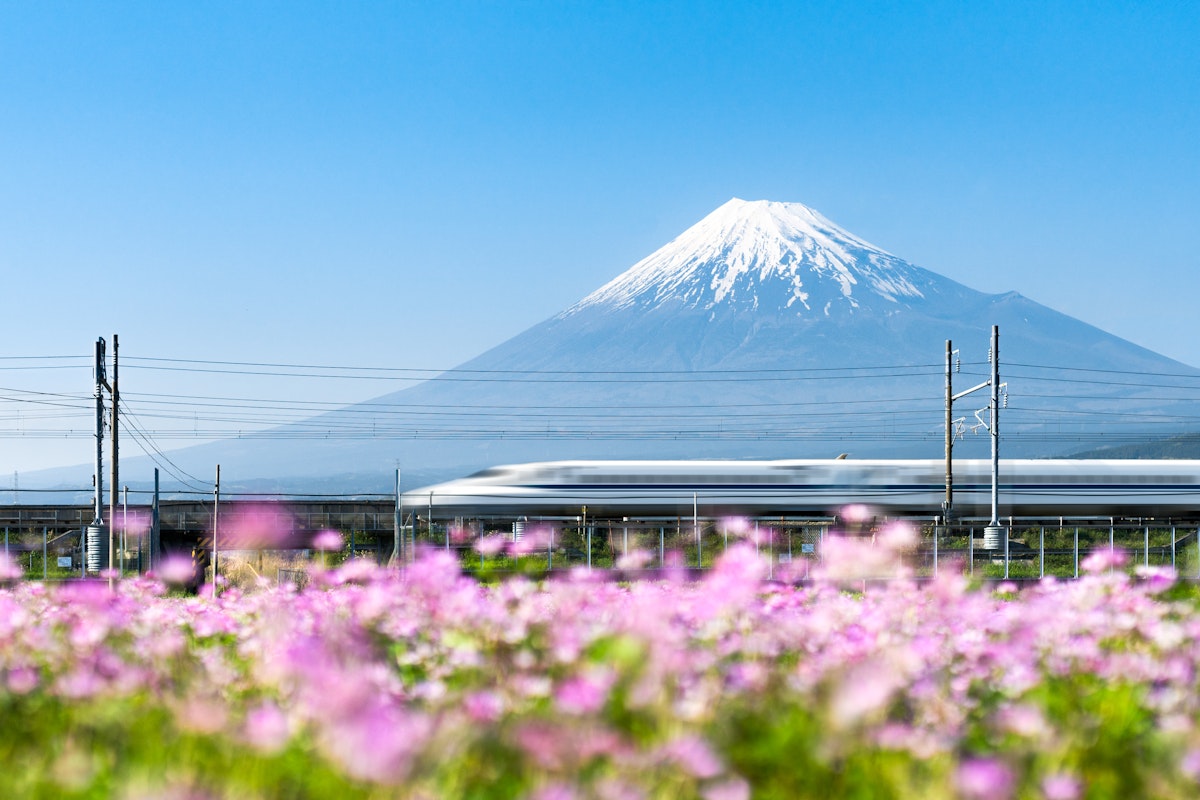
Mount Fuji, Japan's most iconic peak, draws travelers from all over the world. Standing tall at 3,776 meters, it's a destination that offers breathtaking views, cultural significance, and countless adventures.
If you’re in Tokyo and wondering how to get to this natural wonder, you’re in luck. There are plenty of options to suit different budgets, preferences, and schedules.
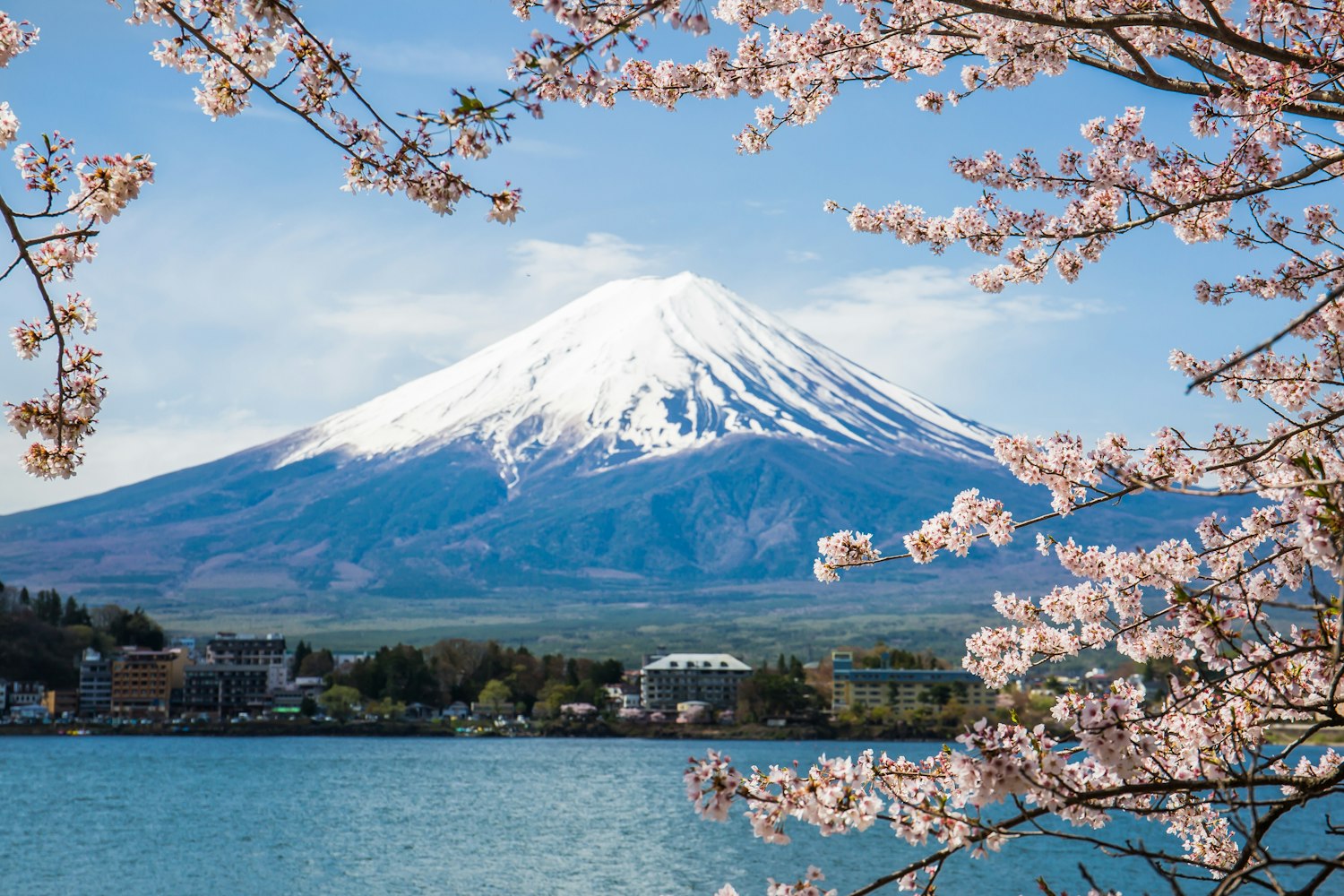
Mount Fuji is about 100 kilometers (62 miles) southwest of Tokyo. Thanks to Japan's efficient transportation network, you can reach it in a couple of hours. Depending on your chosen travel method, you can explore different parts of the Mount Fuji area, including the Fuji Five Lakes region, Fuji Subaru Line 5th Station, or Mount Fuji's trails for climbing.
Mount Fuji spans two prefectures, Yamanashi and Shizuoka, each offering unique views and attractions.
Japan’s trains are world-famous for their speed and reliability, making them one of the best ways to travel to Mount Fuji. Here's how you can plan your journey:
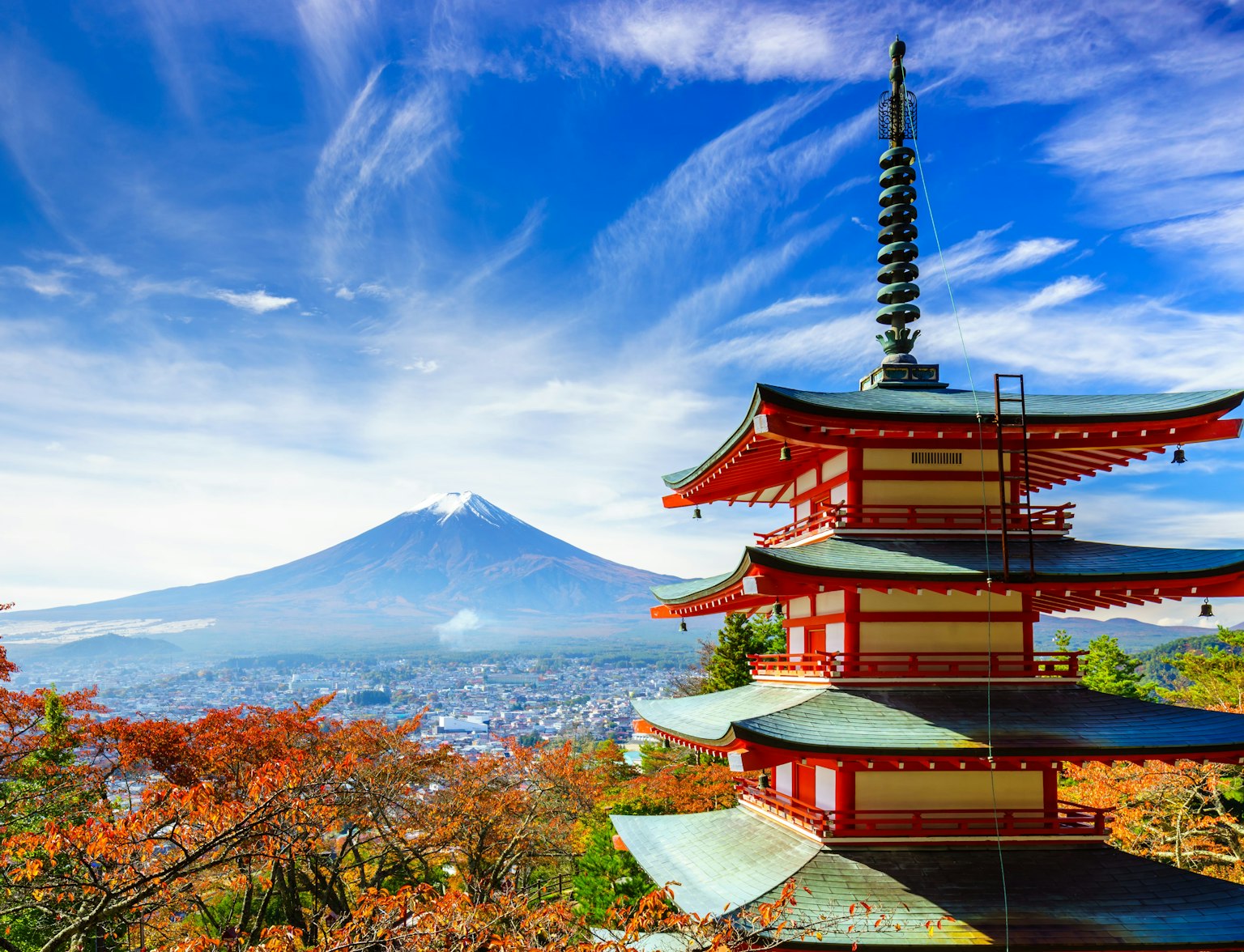
Discover Japan without limits with our all-access JR Pass!
Route: Take the JR Chuo Line from Shinjuku Station to Otsuki Station, then transfer to the Fujikyu Railway for Kawaguchiko Station.
Duration: Around 2–3 hours
Cost: Approximately ¥3,000 one way
This is the most direct train route to the Fuji Five Lakes region, a picturesque area offering excellent views of Mount Fuji. Kawaguchiko Station is a great base for exploring Lake Kawaguchi, local museums, or starting a bus trip up to the 5th Station.
For a faster journey, the Tokaido Shinkansen connects Tokyo with Mishima and Shin-Fuji stations. From either station, you can take a local bus to the Mount Fuji area.
Duration: Around 2–2.5 hours
Cost: ¥4,000–¥5,000 one way
This is an excellent option for travelers interested in experiencing the thrill of a bullet train. Both stations provide convenient bus access to Mount Fuji’s southern side.
Buses are a popular and affordable choice for visiting Mount Fuji. They provide direct connections from Tokyo to key locations around the mountain, eliminating the need for transfers.

Take a day trip from Tokyo to Mt. Fuji and Hakone, featuring a journey up Mt. Fuji.
Departure points: Shinjuku Expressway Bus Terminal, Tokyo Station, Shibuya Station
Duration: 2–2.5 hours
Cost: Around ¥2,000 one way
Buses are comfortable and often equipped with reclining seats, air conditioning, and onboard toilets. They stop at major attractions like Kawaguchiko Station, Fuji-Q Highland Amusement Park, and the Fuji Subaru Line 5th Station.
During the official climbing season (July–September), additional buses run directly to the 5th Station, where most hikers begin their ascent.
Cost: About ¥2,300 one way from Kawaguchiko Station
Travel time: 50 minutes
This seasonal service is perfect for those planning to climb Mount Fuji or enjoy the panoramic views from higher altitudes.
Driving gives you complete freedom to explore the Mount Fuji area at your own pace.
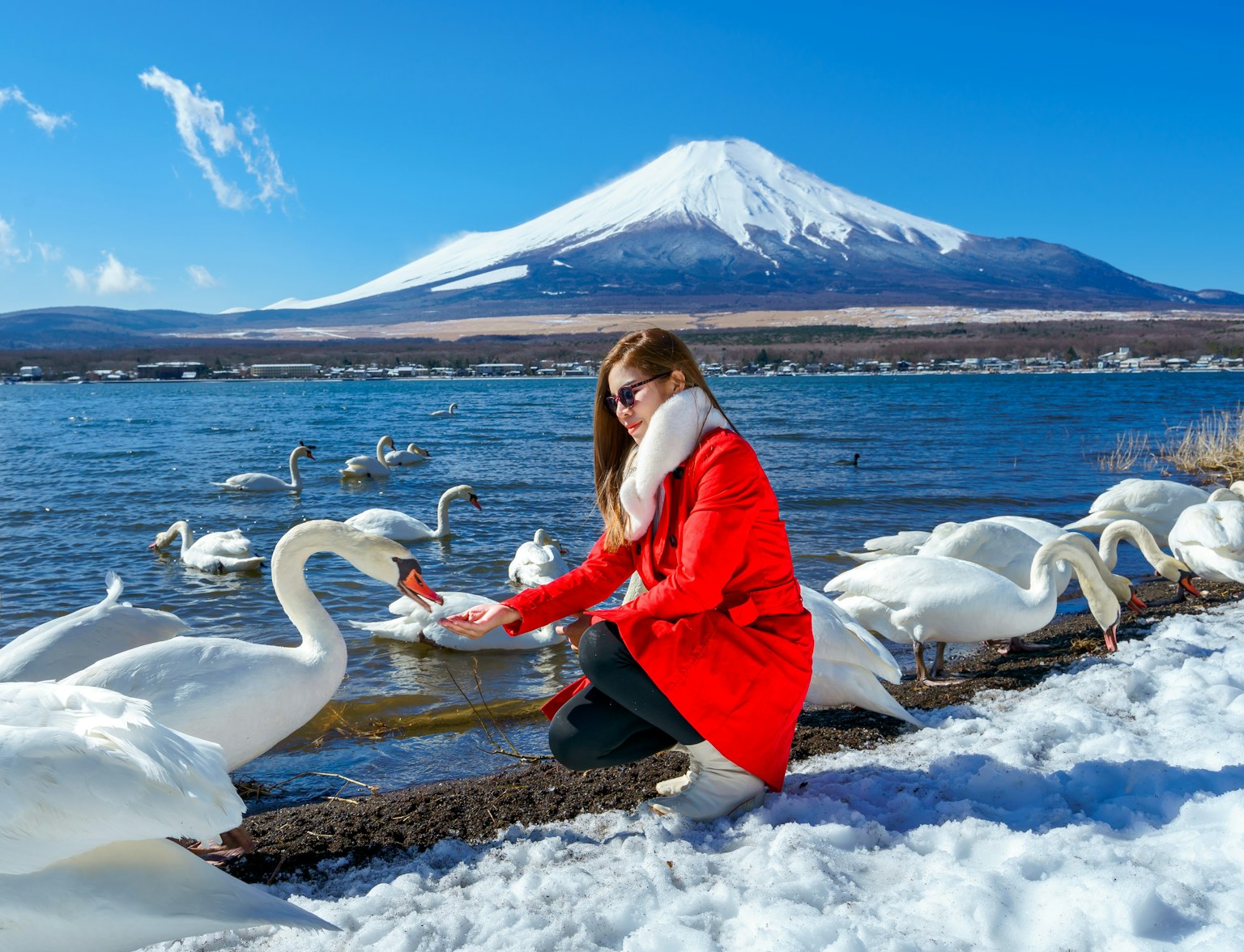
Embark on a private day tour to Mount Fuji from Tokyo.
Distance: 100–120 km from central Tokyo
Travel time: 2–3 hours (traffic permitting)
Toll fees: Around ¥2,000–¥3,000 for expressways
Renting a car is a great option for families, groups, or those wanting to visit less accessible spots. Roads leading to the Fuji Five Lakes and the 5th Station are well-maintained, and parking is available in most areas.
Important Tips for Drivers:
Use GPS or a navigation app to avoid missing turns on mountain roads.
Check road closures, especially during winter when snow can make routes impassable.
If you’d rather sit back and relax, guided tours from Tokyo to Mount Fuji are widely available. They’re great for travelers who want to visit multiple sites without worrying about logistics.
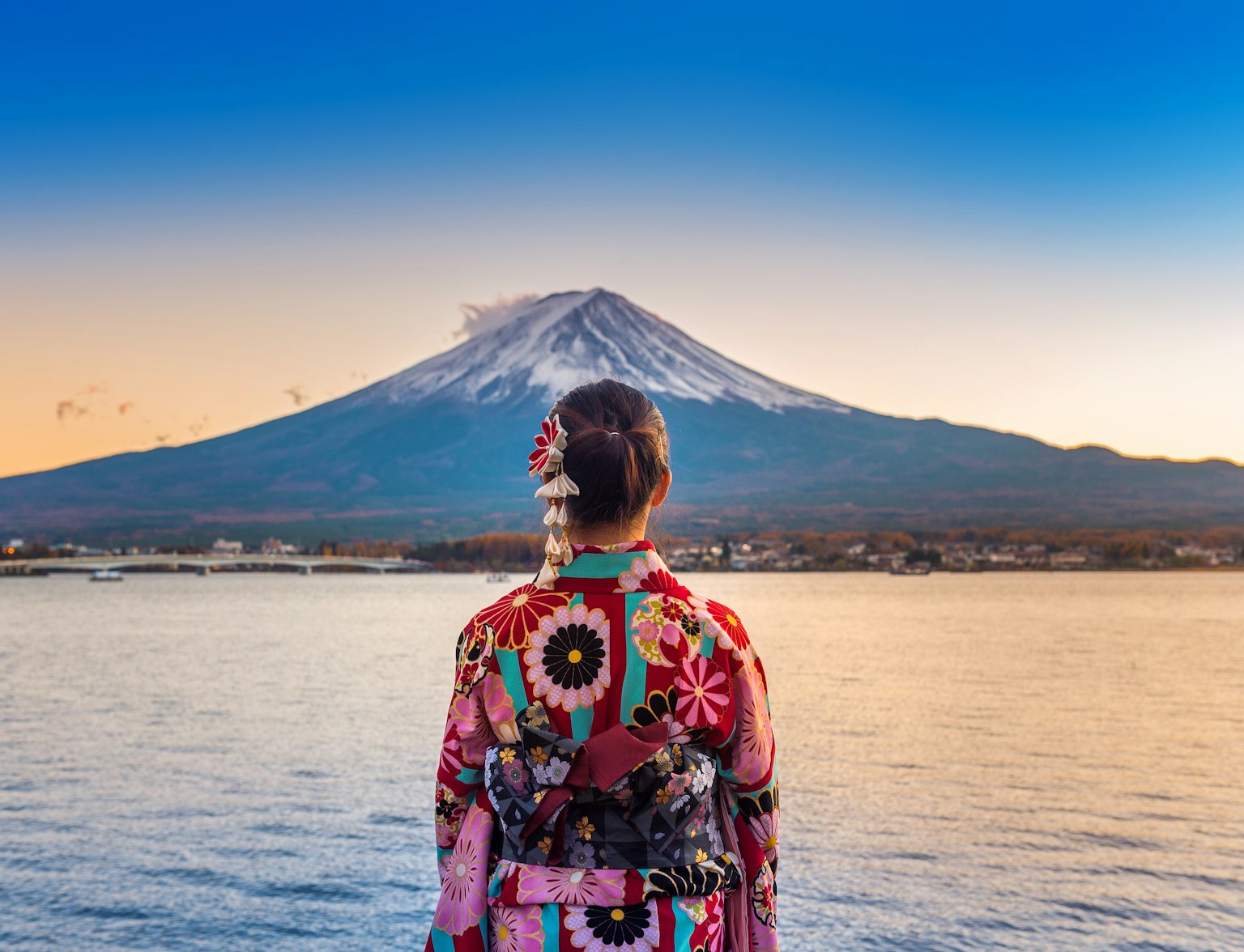
Dive into Japan's breathtaking beauty on our tour.
Round-trip transportation (usually by bus)
Visits to attractions like Lake Kawaguchi, Chureito Pagoda, or Oshino Hakkai village
Optional activities such as onsen visits or sake tasting
An experienced guide to share cultural and historical insights
Cost: ¥8,000–¥15,000 per person (depending on the itinerary)
Duration: 8–10 hours
Tours are ideal for first-time visitors who want to maximize their day trip to Mount Fuji. Many tours start early in the morning and return to Tokyo in the evening.
Climbing Mount Fuji is a once-in-a-lifetime adventure for many. The official climbing season runs from early July to early September when weather conditions are safest and facilities are fully operational.
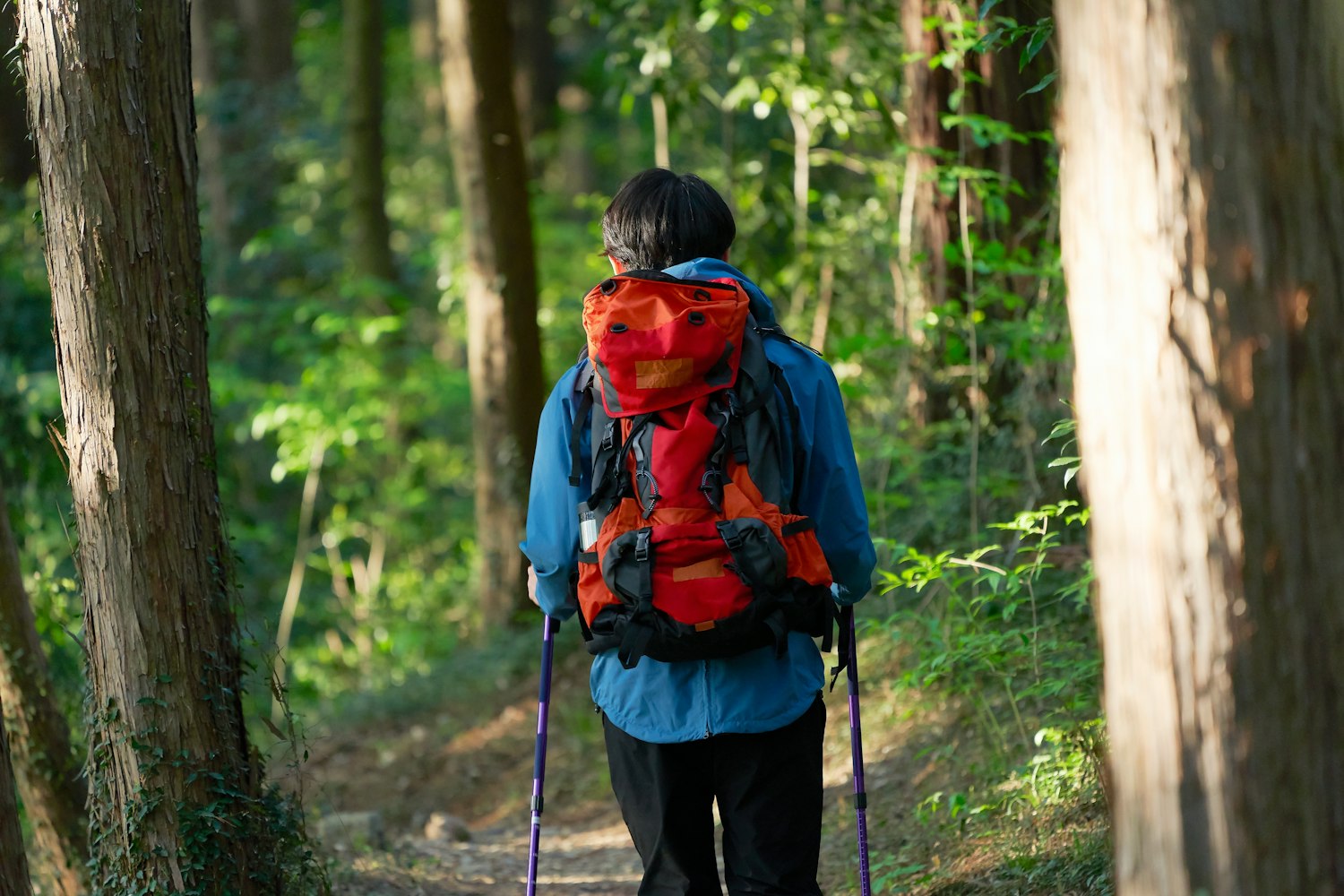
Yoshida Trail (Yamanashi Side):
The most popular trail, starting from the Fuji Subaru Line 5th Station.
Facilities include rest huts, toilets, and food stalls.
Subashiri Trail:
Known for its forested lower section, offering a quieter climb.
Gotemba Trail:
The longest and most challenging route, with fewer crowds.
Fujinomiya Trail (Shizuoka Side):
The shortest trail to the summit, but steeper and more strenuous.
Total time: 5–10 hours to ascend, 3–6 hours to descend
Trail maintenance fee: ¥1,000–¥2,000 (donation encouraged)
Essential gear: Sturdy hiking boots, warm clothing, gloves, and headlamps for night climbs
Many hikers choose to climb overnight to catch the sunrise, known as "goraiko," from the summit. Reservations for mountain huts are strongly recommended during peak season.
If you’re not climbing the mountain, there are plenty of other activities to enjoy in the surrounding area.
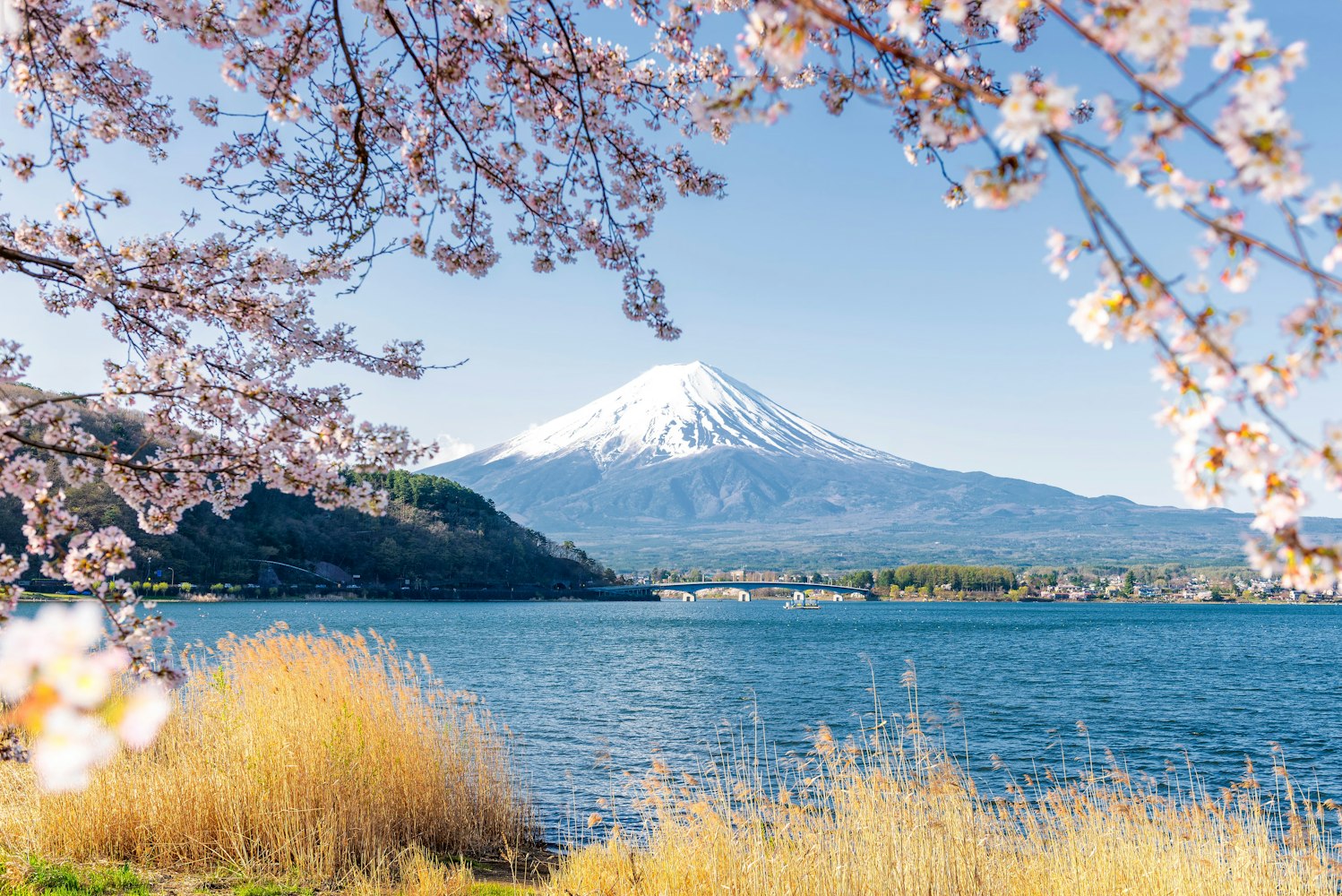
Lake Kawaguchi: The most famous of the Fuji Five Lakes, offering boating, cycling, and scenic walks.
Chureito Pagoda: A picturesque spot with panoramic views of Mount Fuji and cherry blossoms in spring.
Oshino Hakkai: A traditional village with freshwater ponds and local crafts.
Fuji-Q Highland: A thrilling amusement park with roller coasters and stunning mountain views.
Gotemba Premium Outlets: A popular shopping destination near Mount Fuji’s southern side.
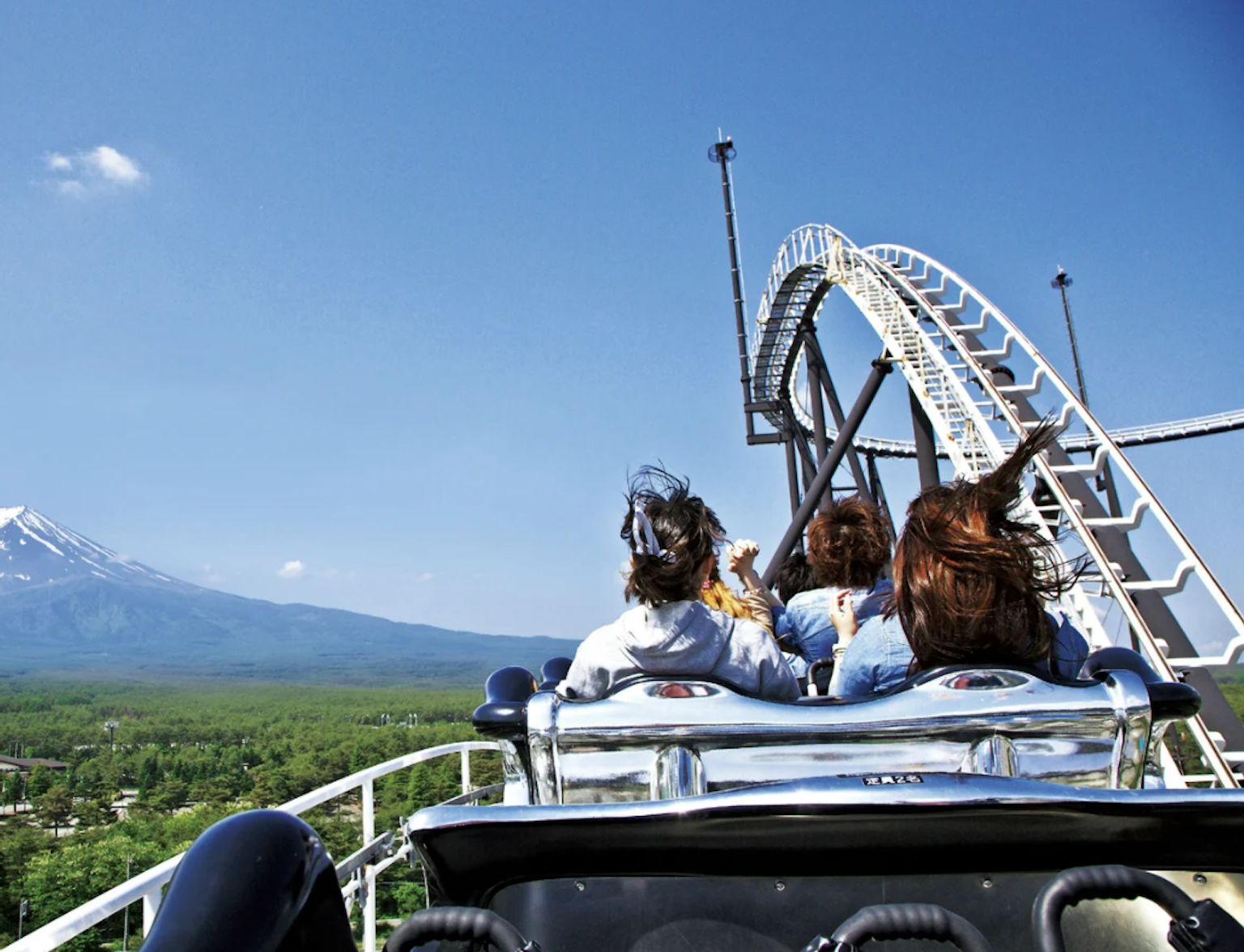
Dive into Fuji-Q Highland's thrilling rides and magical views of Mt. Fuji.
Mount Fuji offers a diverse range of experiences, from thrilling hikes to serene lakeside moments. With accessible travel options from Tokyo, including trains, buses, and even guided tours, there’s a way to fit this iconic destination into any itinerary.
Whether planning a short day trip or an extended stay in the area, careful preparation will ensure a memorable visit. Choose the travel method that best suits your pace and interests, and enjoy every moment of exploring the beauty and culture surrounding Japan’s most famous peak.
